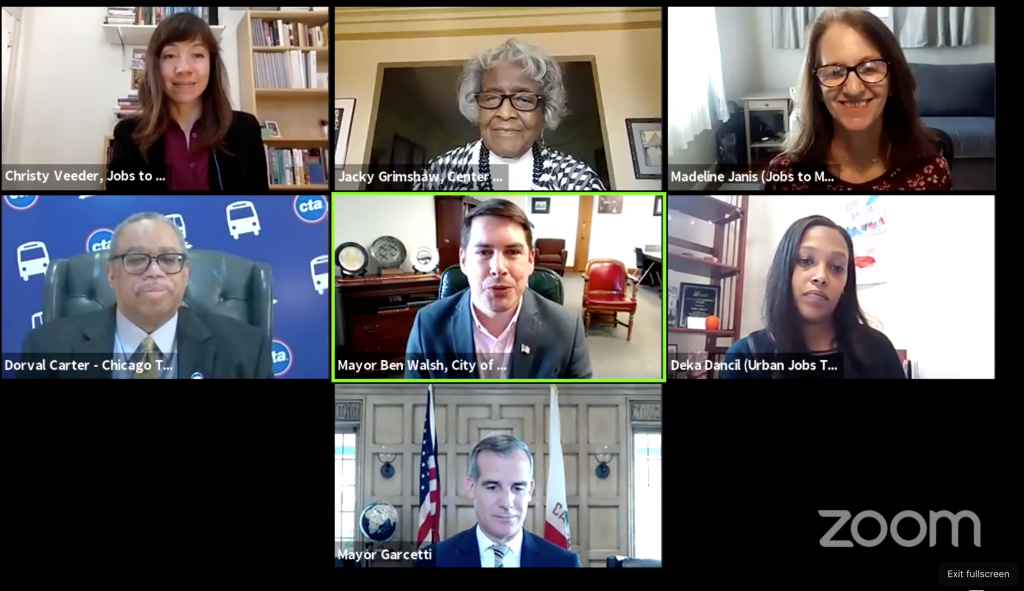
fter nearly a decade of discussion on what to do with the aging Interstate-81 viaduct, a new hope comes to the city of Syracuse after President Joe Biden announced his $2 trillion American Jobs Plan.
Mayor Ben Walsh expressed excitement for Biden singling out Syracuse and I-81 as an example of a transportation project that could rebuild communities.
“President Biden’s vision bodes well for Syracuse,” Walsh said. “(Investing) $20 billion for a new program to reconnect neighborhoods, increase opportunity and advance racial equity and environmental justice can be a game-changer for this community and can help us realize the full potential of this project.”
This reconstruction project will update the existing outdated portion of the interstate, and with support from Biden’s American Jobs Plan, now seems closer to a long-fought push to include local hiring for the near $2 billion construction cost.
The Urban Jobs Task Force (UJTF), the coalition that has been in the trenches since the beginning of conversations on whether locals would work on the federally funded project, expressed optimism about the support it has seen recently.
“I am hopeful not based on the number of players that are involved in this kind of conversation or effort to maximize local hire, but about the type of players,” said Deka Dancil, UJTF president. “I will say it still is too early to tell if we are going to end up coming out with this beautiful cake we want to have.”
This newfound energy started after Pete Buttigieg was nominated Secretary of U.S. Department of Transportation. Walsh reached out after the former South Bend Mayor tweeted:


